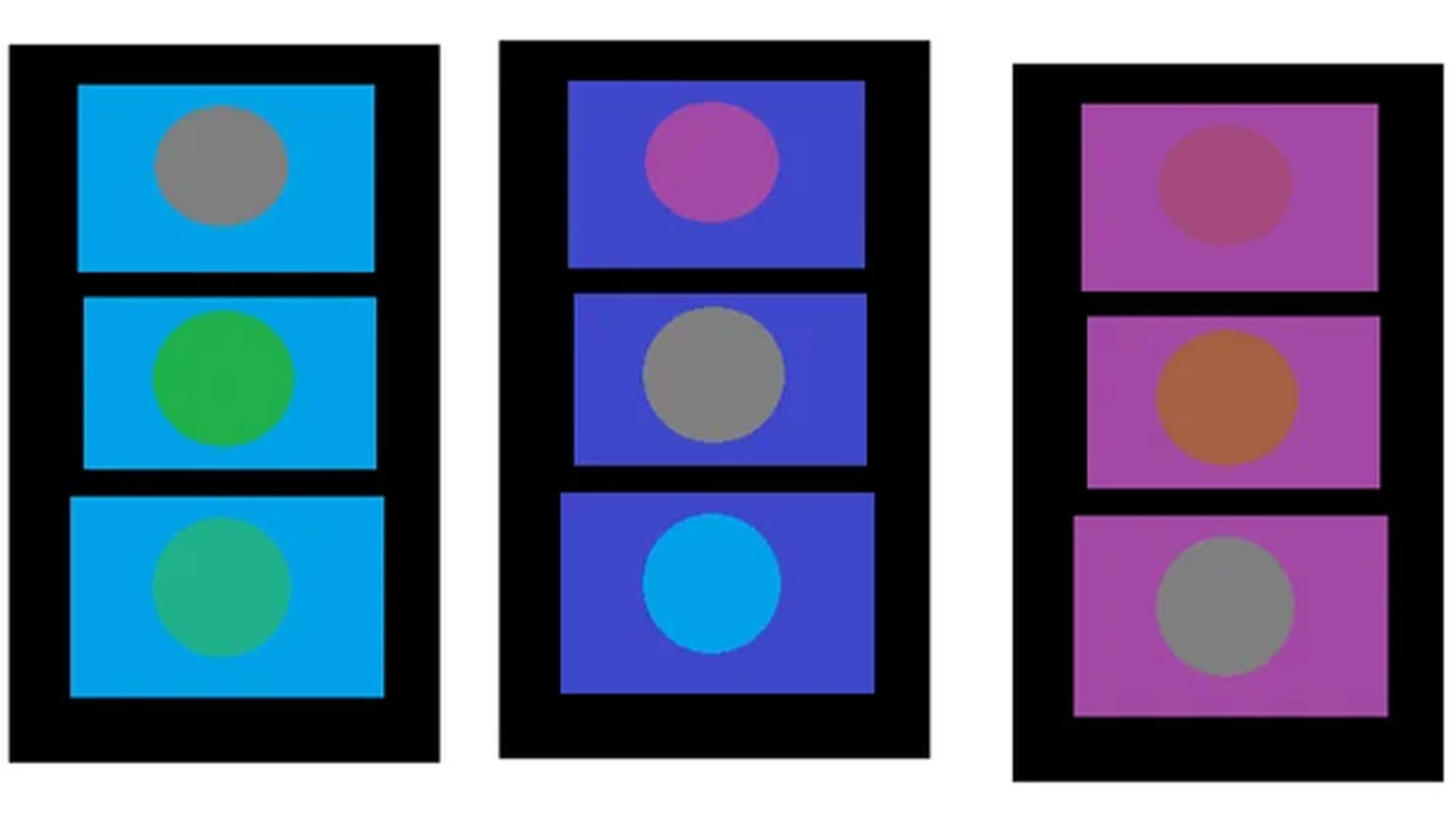
"When it comes to optical illusions, sometimes our brains can be too smart for their own good, overanalysing visual information that often leads to mind-melting effects. Made to amaze and confuse, even the simplest optical illusions can transform into mind-bending phenomena with just a few simple psychological and cognitive tricks. There are countless types of optical illusions out there that have been perplexing us for decades, but the internet's favourite has to be a good ol' fashioned colour illusion."
"There are countless types of optical illusions out there that have been perplexing us for decades, but the internet's favourite has to be a good ol' fashioned colour illusion. The illusion makes clever use of colour theory, demonstrating how our brains perceive colours differently against certain backgrounds. Part of a natural phenomenon called 'colour induction', the brain goes through either colour contrast or colour assimilation, dictating the shade based on its surroundings and their placement on the colour wheel."
Optical illusions arise when the visual system overanalyses sensory input and produces surprising perceptual effects. Colour illusions manipulate contextual cues so identical hues appear different depending on surrounding tones. A specific illusion uses three traffic light-style boxes whose dots appear different but are identical across rows. Colour induction explains the effect via mechanisms of colour contrast and colour assimilation. Surrounding hues shift perceived shade by changing how the brain interprets a dot's colour relative to neighbouring colours and their positions on the colour wheel. Perceived colour therefore depends strongly on context rather than absolute stimulus values.
Read at Creative Bloq
Unable to calculate read time
Collection
[
|
...
]